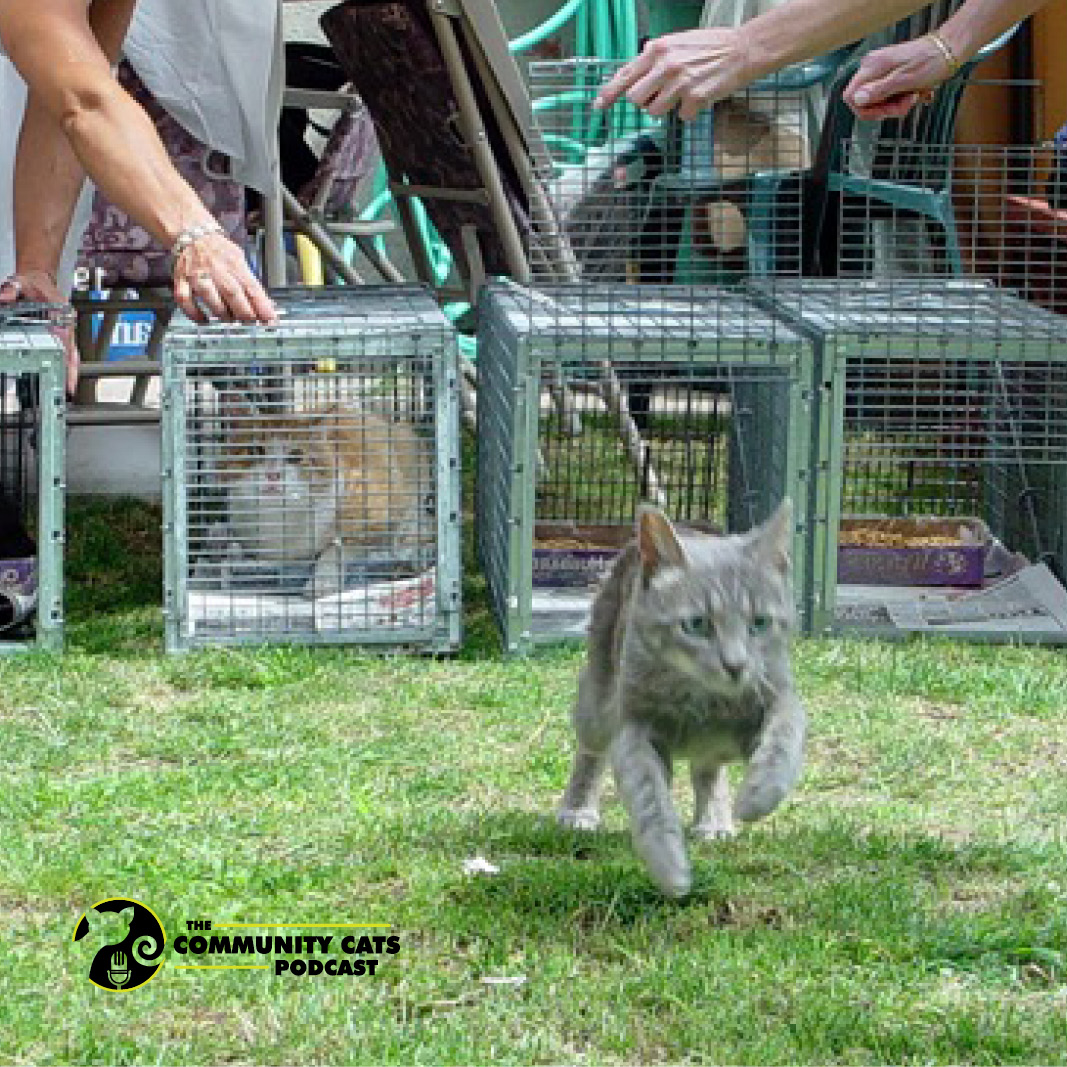
Part 1 of Colony Caretaking Tips and Tricks with Bryan Kortis, National Programs Director of Neighborhood Cats
November 1, 2022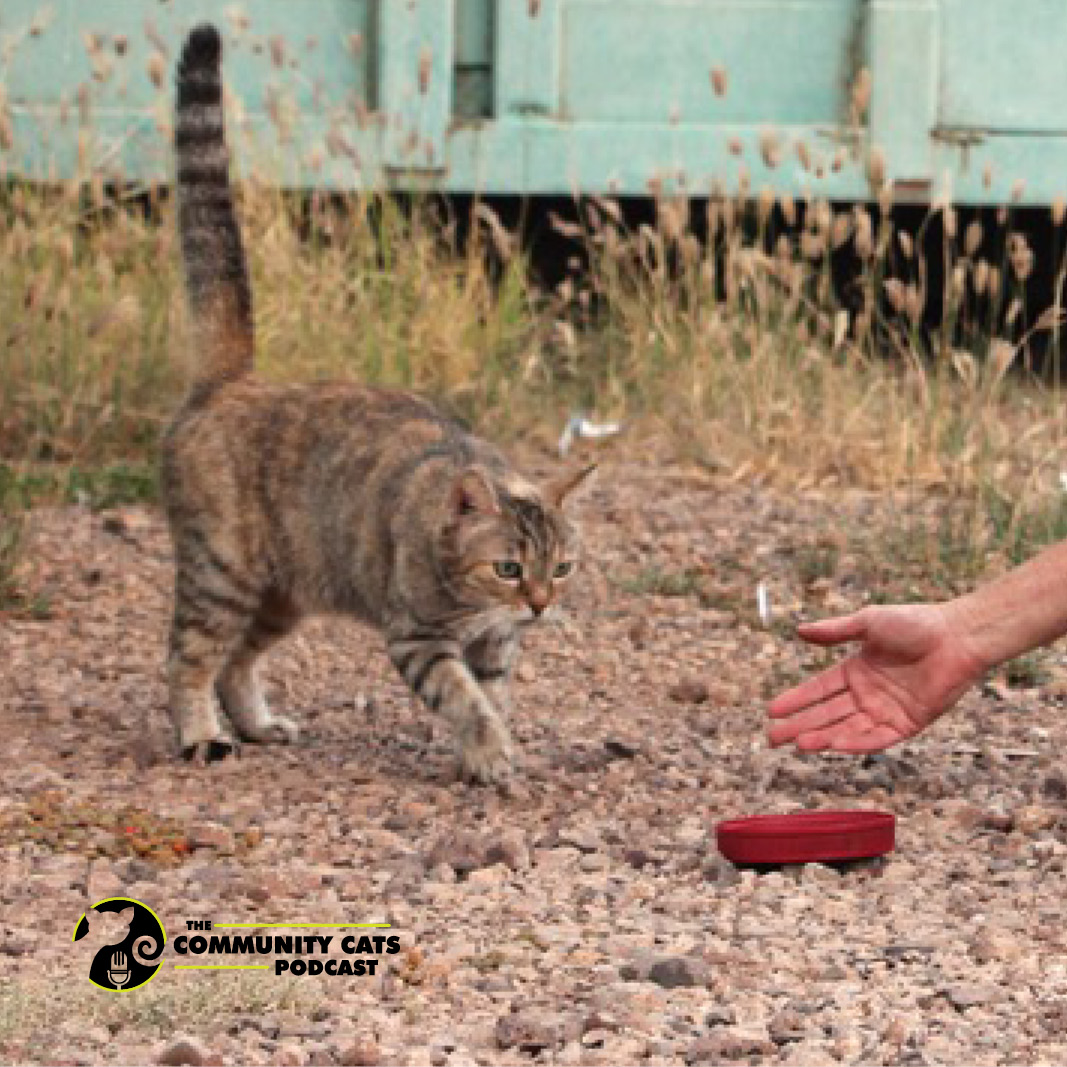
Part 2 of Colony Caretaking Tips and Tricks with Bryan Kortis, National Programs Director of Neighborhood Cats
November 8, 2022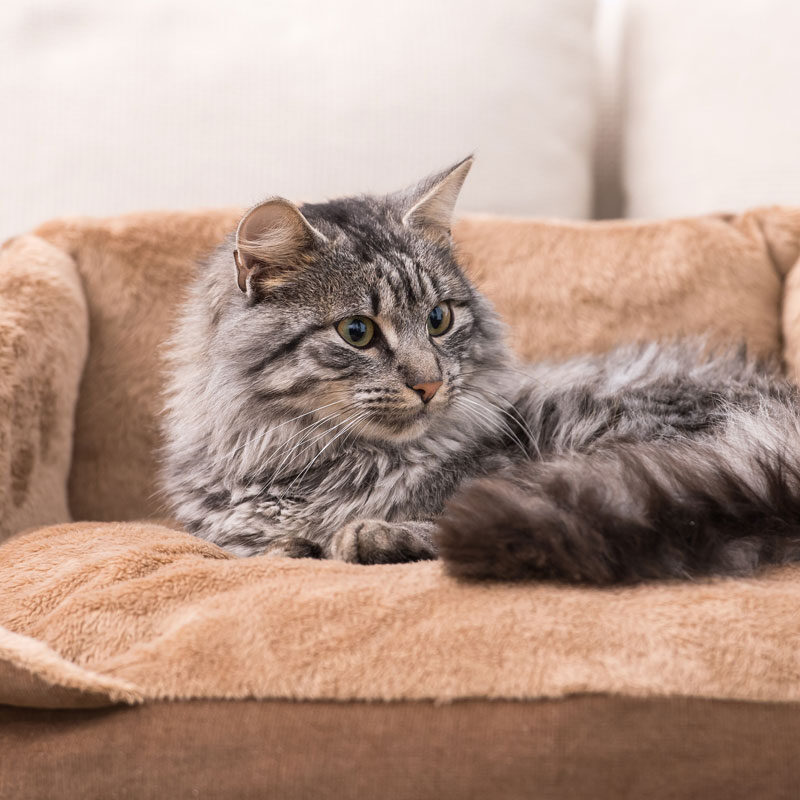
Contributed by Dr. Rachel Geller, Certified Cat Behavior & Retention Specialist
As summer turns to fall and then winter, we humans can throw on a sweater or a blanket to stay warm. We may wear layers to save money if we have drafty windows or we don’t want to put the heat on a higher setting. But what about our cats? Are you trying to keep your heating budget reasonable or are you in an older house or apartment building with drafty windows? If so, there are steps you can take to keep your cats warm and more comfortable while being safe during the cold winter months.
A cat bed is one of the best ways to keep your cat warm. A good idea is to keep your cat’s bed off the cold floor during the winter. Some floors hold in the cold, such as tile floors. In addition, cold air sinks. Elevating the cat bed even a few feet can place your cat into the rising warmer air. Not only that, an added benefit is the elevation provides your cat with some exercise since she has to jump to get to her bed. And the movement will warm her up, too!
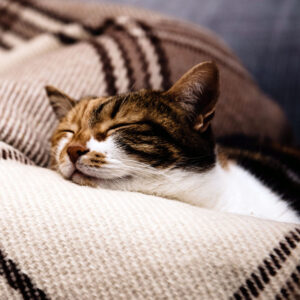 No room for a cat bed? On a budget? Are you a DIYer? Place a folded-up large blanket, quilt, towel, or fleece in the area where your cat likes to nap. This will give her something extra to cuddle in, and she can nestle in between the folds.
No room for a cat bed? On a budget? Are you a DIYer? Place a folded-up large blanket, quilt, towel, or fleece in the area where your cat likes to nap. This will give her something extra to cuddle in, and she can nestle in between the folds.
Some people like to add a heating pad or electric blanket to their cat’s napping spots. Some cat beds come with heating pads. If you do this, keep some basic safety tips in mind. First, always supervise your cat if you choose to use a heating pad or blanket. A cat’s fur coat can prevent her from perceiving when she gets too hot. Second, set the timer on the heating pad for short periods of time. If you are using a heating pad, you can keep the pad wrapped in a towel for an extra layer of safety. If you turn an electric blanket on for your cat, pay close attention. Although the heating temperature is lower in electric blankets, you need to make sure your cat doesn’t claw at it while kneading or scratching – heating filaments that are frayed from a cat’s claws can be dangerous to your cat.
The safest type of bed is a non-electric, self-heating one that reflects the cat’s own body heat. These self-warming beds reflect your cat’s body heat back to them, helping them to feel warmer than if they were laying in a regular cat bed. No electricity is required. This bed doesn’t have to be plugged in and it’s completely safe for your cat.
Are you trying to save money on heat? Consider using space heaters to keep your cat warm. A non-negotiable rule is to keep a few feet of clearance around a space heater. Place your cat’s bedding at least 3 feet away from a space heater. Cats have strong survival instincts so they will stay away from hot space heaters, but a cat could knock it over – so never leave your space heater on and unattended. Space heaters that do not have exposed heating filaments are the safest for your cat. Be sure to purchase space heaters that have an automatic shut-off to avoid a fire hazard.
An easy way to keep your cat warm while providing stimulation and preventing boredom is to play with her. Interactive play with a fishing pole-type toy is a fun and beneficial way for your cat to naturally stay warm! If you are on a budget, a shoelace is a fine toy. When I know I’ll be going up and down the stairs, or moving from room to room, I tie a few shoelaces together and then around my belt loop, and voila- my cats can chase and pounce on the “prey” as I do household tasks. I also recommend the Cat Dancer toy, which sells for around $2.00.
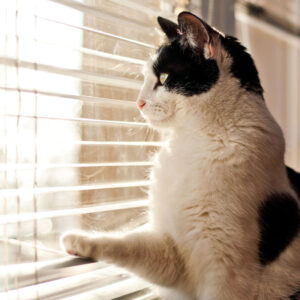 Most cats enjoy sitting at the window to watch the world go by. If there’s a draft there, place a padded window perch at the window so your cat doesn’t have to sit on the cold, hard window sill. There are also heated window perches available. If you are on a budget, a blanket, fleece or quilt will also do the trick. We don’t like to sit on cold surfaces, nor does your cat!
Most cats enjoy sitting at the window to watch the world go by. If there’s a draft there, place a padded window perch at the window so your cat doesn’t have to sit on the cold, hard window sill. There are also heated window perches available. If you are on a budget, a blanket, fleece or quilt will also do the trick. We don’t like to sit on cold surfaces, nor does your cat!
Before you come inside, be sure to thoroughly wipe the bottom of your shoes or take them off. This is because chemicals such as antifreeze are more prevalent in the winter. You could inadvertently walk through antifreeze and track it into your apartment. Then, if your cat licks her paws clean, she could get extremely sick or even die. Salt and grit used to de-ice roads and pavement can get stuck in your shoes or boots. If you bring that inside, it can get stuck between a cat’s paw pads and cause irritation or make your cat sick if she licks it off. It’s best to wipe your shoes clean when you come in from outside.
Dry heat in winter can contribute to dehydration, so be sure your cat has easy access to fresh water. Your cat’s skin can get dry in the winter, just like ours. Dry skin may appear red, scaly, and flaky. If it’s especially itchy, your cat may bite or scratch at it, causing sores and scabbing. Check your cat’s skin regularly during the dry winter months. If you notice any problems, visit your veterinarian for treatment or advice.
About Dr. Rachel Geller
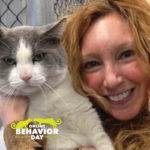 Dr. Rachel Geller is a Certified Cat Behavior & Retention Specialist. She is also a certified Humane Education Specialist through the Academy of Prosocial Learning and a certified Pet Chaplain® through the Association of Veterinary Pastoral Education. She is also Fear Free certified. She provides cat behavior help both locally and throughout the country to her clients, who include cat owners, shelters, rescues, and animal welfare organizations. Rachel serves and has served on many cat-related boards and advisory boards.
Dr. Rachel Geller is a Certified Cat Behavior & Retention Specialist. She is also a certified Humane Education Specialist through the Academy of Prosocial Learning and a certified Pet Chaplain® through the Association of Veterinary Pastoral Education. She is also Fear Free certified. She provides cat behavior help both locally and throughout the country to her clients, who include cat owners, shelters, rescues, and animal welfare organizations. Rachel serves and has served on many cat-related boards and advisory boards.
Rachel has given or participated in presentations for the Humane Society of the United States (HSUS), the Massachusetts Animal Coalition, and the New England Federation of Humane Societies on topics involving cat behavior, cat behavior and retention programs, and surrender prevention. Rachel’s cat behavior and retention program has been recognized by HSUS as a model program.
Rachel’s book, Saving the World, One Cat at a Time, was written to help with resolving cats’ behavioral and emotional problems with the goal of creating harmonious relationships between cats and their owners. All of the proceeds from book sales go to cat shelters.




